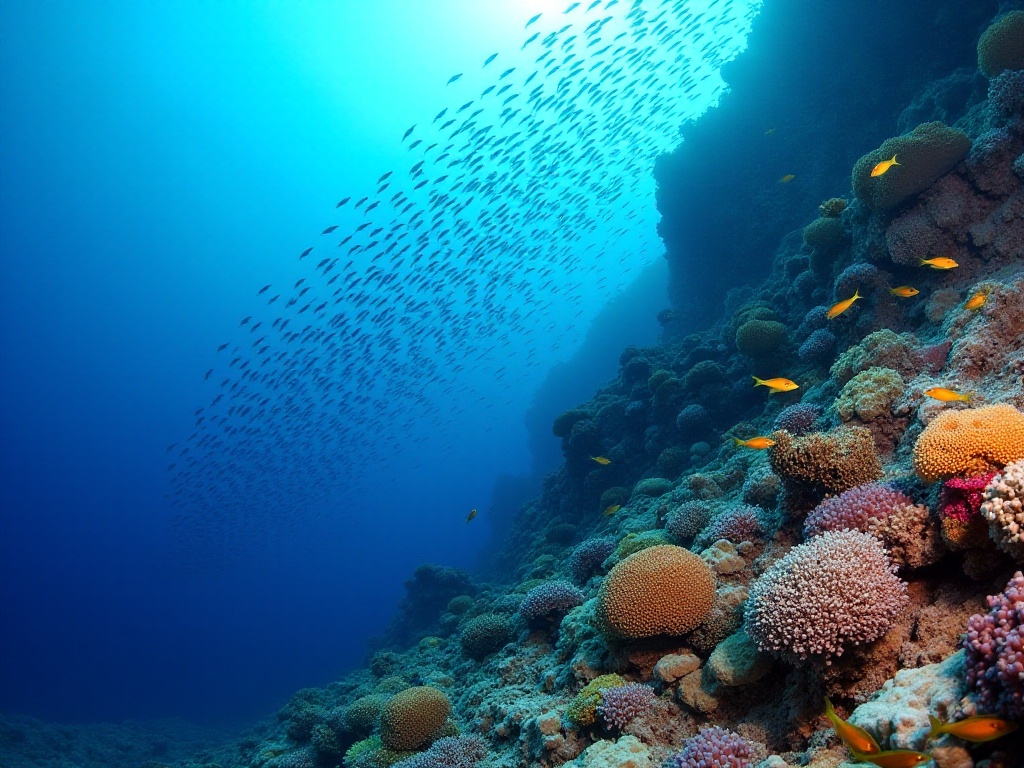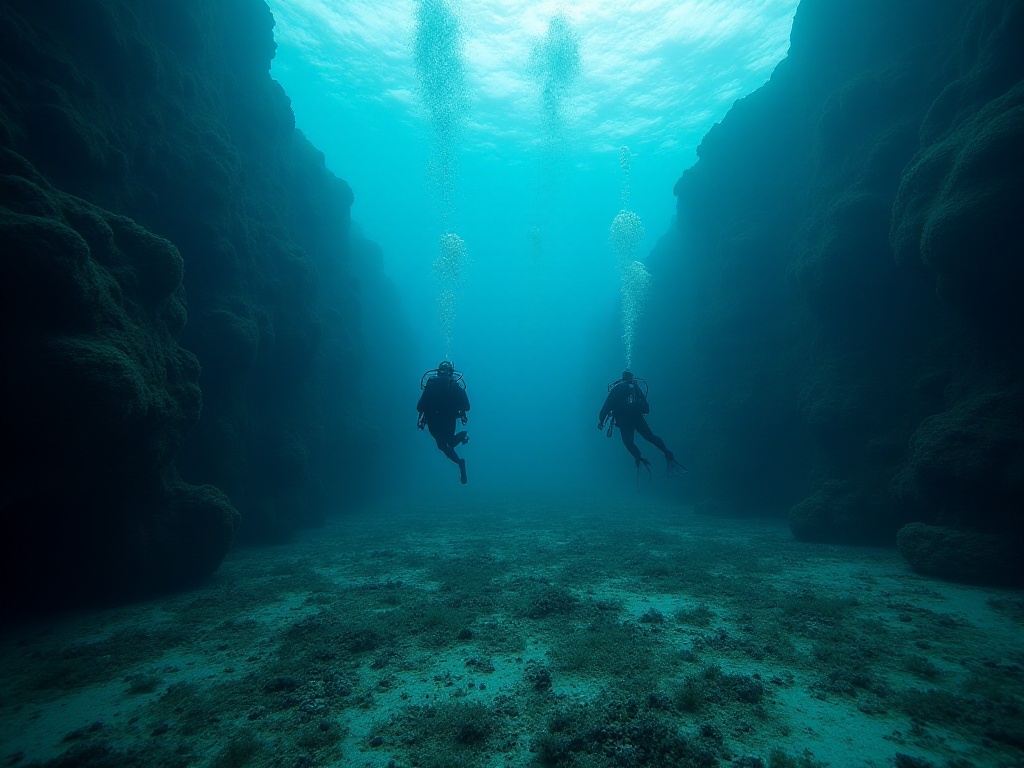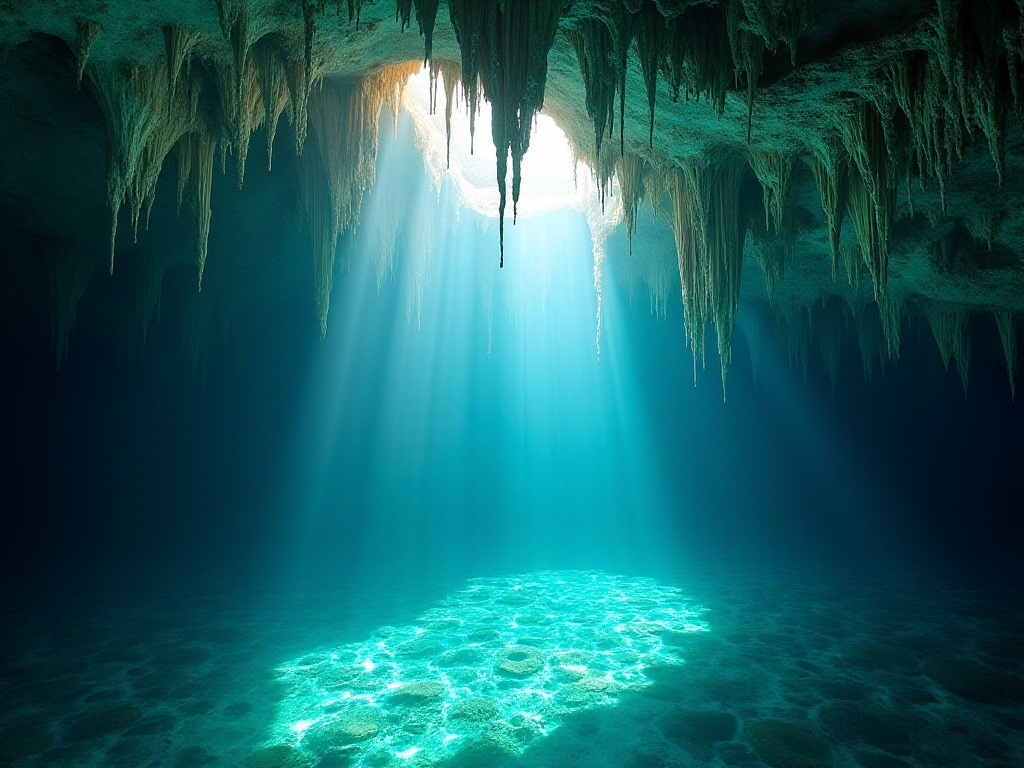Opening Chat
Friends, today I'm bringing you some super valuable content! As a seasoned diver who has visited diving spots around the globe, I'm often asked: "Which diving spot is most worth visiting?" To be honest, this question really puts me on the spot. Just like you can't say "which hot pot is the best," each diving site has its unique charm. Today, I'll share my years of experience to help you plan your next spontaneous underwater adventure.
Southeast Asian Selections
When it comes to value for money, Southeast Asian diving spots are absolutely the kings! First, I must recommend Barracuda Point at Sipadan Island, Malaysia. The first time I dove there, I was completely stunned by the sight - dense schools of barracuda swimming around you, forming a massive silver vortex, a scene more spectacular than science fiction! Plus, the water temperature stays between 26-30 degrees year-round, with visibility consistently at 20-30 meters, making it a diving paradise.
Indonesia's diving spots are equally amazing. The Liberty Wreck in Bali is definitely my TOP 1 wreck diving site. This WWII cargo ship has become a luxury apartment for marine life. I remember during a night dive, I suddenly saw a two-meter-long moray eel swimming in the ship's cabin - that moment was both nerve-wracking and exciting, my heart nearly jumped out! The coral coverage here is extremely high, with countless tropical fish species, and being in shallow water makes it particularly suitable for beginners.
Speaking of biodiversity, Raja Ampat is essentially the underwater version of the Amazon rainforest. The coral communities at Cape Kri are incredible, with colorful hard and soft corals covering the entire seabed, and fish density that's frightening. According to professional statistics, over 374 fish species have been recorded here, a top-tier number globally. The water visibility here often reaches above 30 meters, so you don't have to worry about seeing distant scenery.
While diving here, you might encounter large marine life at any time. Once, we met a group of dolphins playing around us - that feeling was simply amazing! There are also many sea turtles here, often seen foraging among the coral reefs. One time we even encountered a nearly two-meter-long parrotfish, its teeth gleaming in the sunlight, leaving a deep impression.
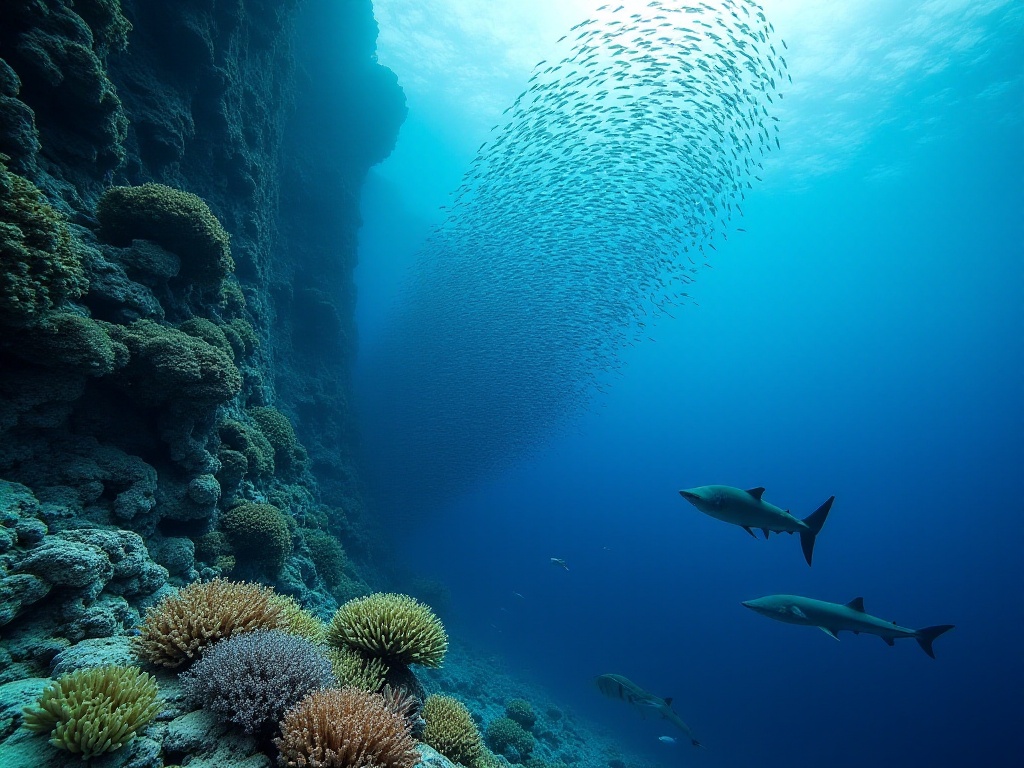
Oceania Features
When mentioning diving in Australia, many people's first thought is the Great Barrier Reef. But I'll let you in on an insider tip: Heron Island is the real treasure spot. The coral preservation here is incredible, barely affected by human interference, and tourist development is relatively low, so it's not too crowded. Visibility is typically stable between 15-25 meters, and most importantly, the marine ecosystem here is particularly complete.
While diving at Heron Island, you might encounter sea turtles at any time. This is an important breeding ground for green turtles, with many coming here to lay eggs each year. If you're lucky, you might even witness the amazing sight of baby turtles hatching. Besides turtles, there are countless tropical fish species, colorful reef fish, adorable clownfish, and occasionally even massive groupers.
Fiji's Rainbow Reef is another breathtaking location. The soft corals here are like an underwater palette, with purple, pink, orange, and yellow colors swaying with the currents, incredibly beautiful. Especially the Great White Wall here, covered entirely in white soft corals, shimmering under the sunlight, breathtakingly beautiful.
The diving experience here is very rich, with different marine life visible in different seasons. For example, July to October is the best time to watch whales, when humpback whales come here to breed and nurse their calves. The night diving experience is also excellent, with various luminescent plankton making you feel like you're among the stars.
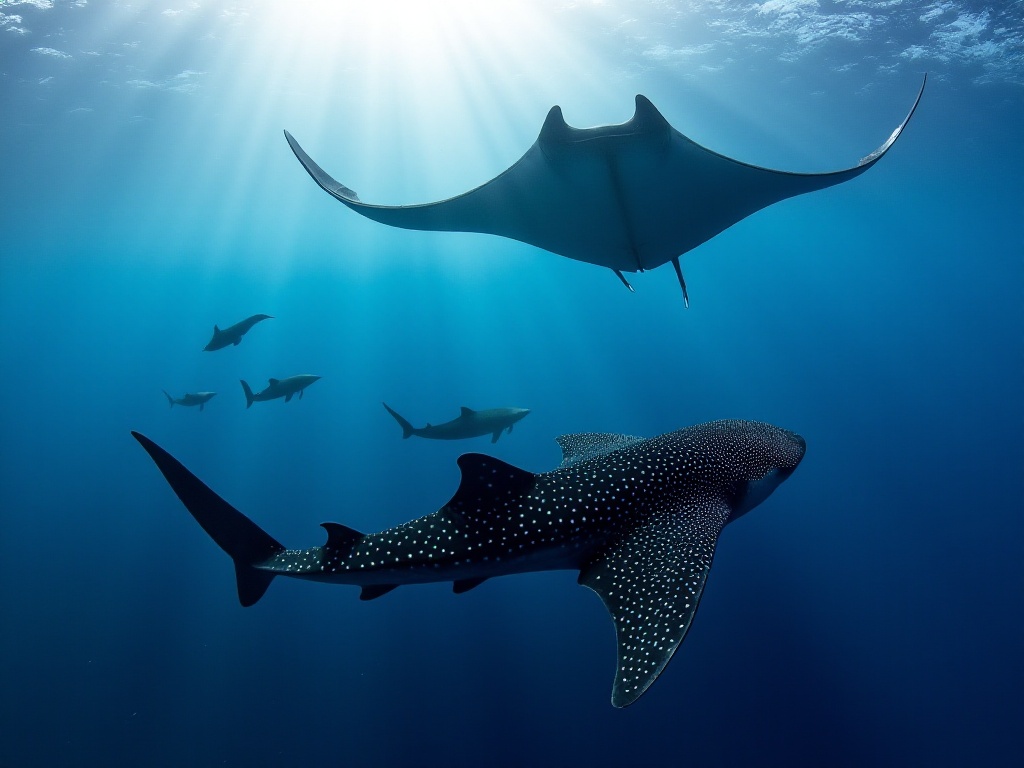
American Hidden Gems
If you're a thrill-seeker, you can't miss Shark Alley in the Cayman Islands. This is literally a shark's backyard, with an intimidating number of Caribbean reef sharks, and they're quite gentle, perfect for close observation. I remember my first dive here, seeing over twenty reef sharks swimming around as soon as I got in the water - I nearly choked from shock.
But honestly, the sharks here are quite friendly and basically have no interest in humans. The other marine life here is more interesting, like various colorful tropical fish, huge groupers, and occasional sea turtles. The underwater terrain is also unique, with deep canyons and mysterious caves everywhere, making it a natural adventure playground.
The Darwin Arch in the Galapagos Islands offers a completely different experience. The currents here are indeed strong, recommended for experienced divers. But the rewards are substantial - hammerhead sharks, whale sharks, manta rays, almost any large marine life you can think of might be encountered. Once while diving here, I met a group of over 50 hammerhead sharks - truly an unforgettable sight.
The water temperature here is relatively low, generally between 20-24 degrees, so a 7mm wetsuit is recommended. However, the visibility is excellent, often reaching above 30 meters. Being near the equator, direct sunlight makes the underwater world particularly bright. Besides large marine life, there are many endemic species here, like the Galapagos sea lions, which love to play with divers.
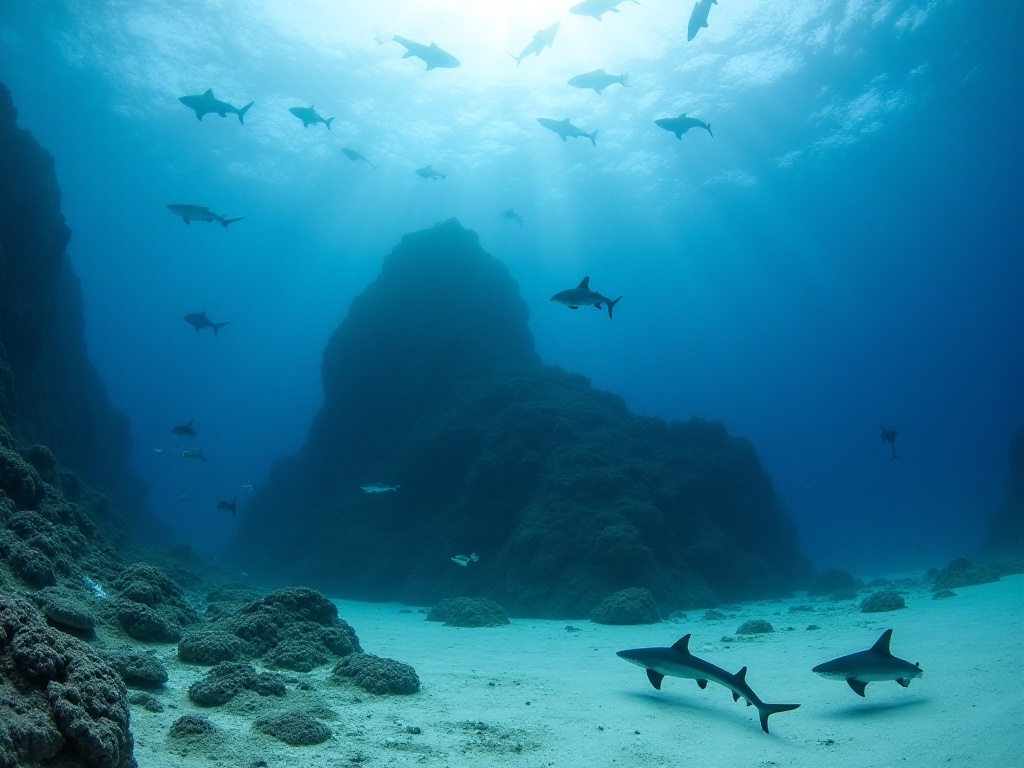
In-Depth Experiences
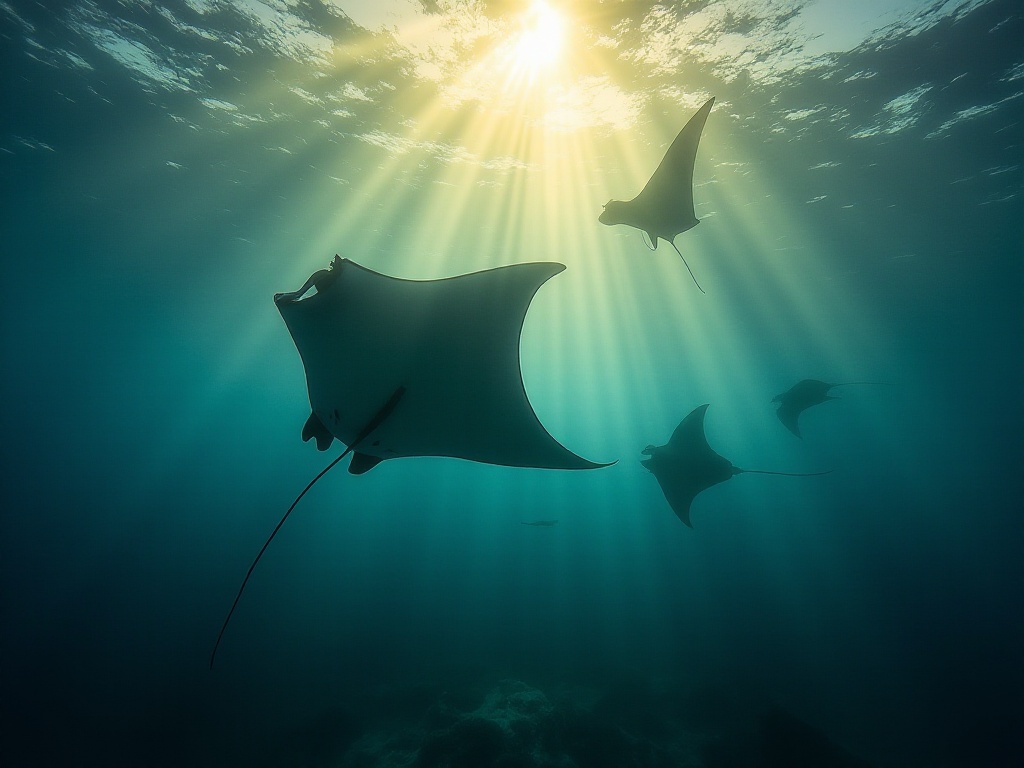
Wreck Exploration
History buffs, take note! The WWII wrecks at Chuuk Lagoon are absolutely not to be missed. Over 60 Japanese warships from WWII lie here, forming the world's largest wreck diving museum. Each wreck is like a history book preserved by seawater, with wartime supplies still visible in the cabins, including weapons, ammunition, and medical supplies.
Most amazingly, these wrecks have now become homes for marine life. Corals grow on the ship surfaces, forming unique artificial reefs. Various tropical fish swim between the cabins, and occasionally you might see huge groupers lurking in the shadows. However, since most of these wrecks are in deeper waters, it's recommended for divers with professional certifications.
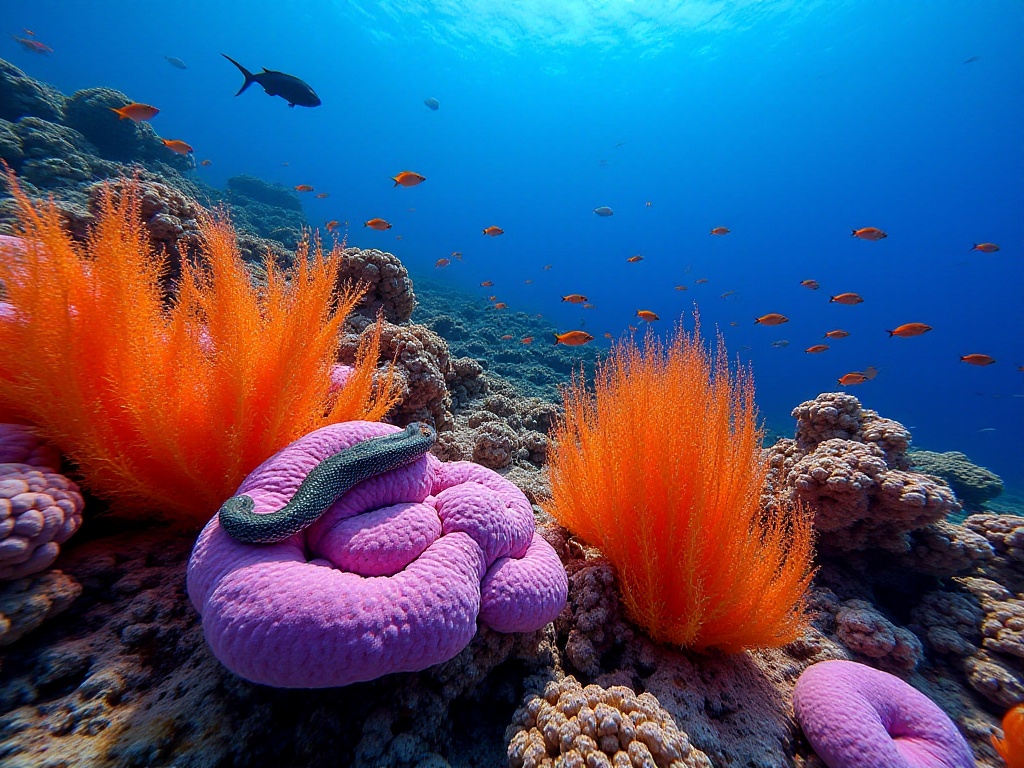
Magical Encounters
Hanifaru Bay in the Maldives is absolutely the best spot for watching manta rays. During specific seasons, large numbers of manta rays and whale sharks gather here. Most spectacular is the mantas' "underwater ballet" - they perform beautiful spinning movements while feeding on plankton, creating an incredibly beautiful scene.
The best viewing season is from May to November, especially during full and new moons when tidal changes are greatest, bringing large amounts of plankton. Note that this is a marine protected area requiring advance reservations, with limited divers allowed in the water at a time.
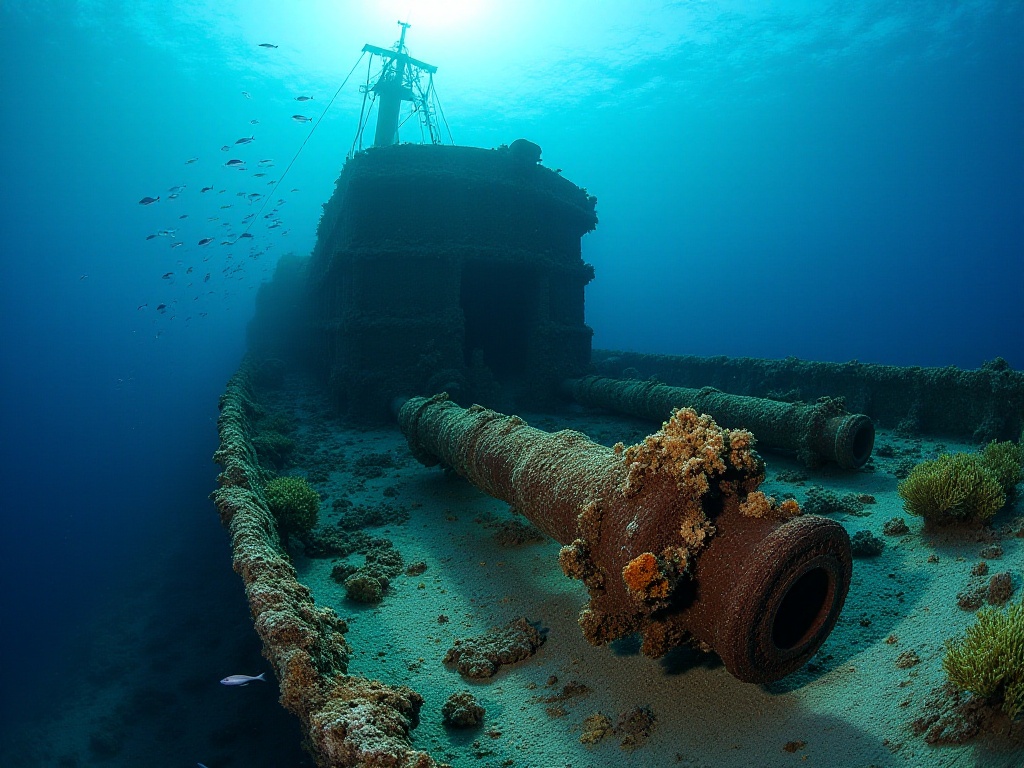
Final Words
After reading about so many amazing diving spots, are you itching to set off? However, I must remind everyone to choose diving spots according to your abilities. Some spots may be incredibly beautiful but technically demanding. Remember, safety is the most important aspect of diving, everything else is secondary.
I suggest practicing your diving skills well before departing and preparing equipment thoroughly. For deep dives, consider factors like water temperature, visibility, and currents. If you're going to see large marine life, it's best to understand their habits and safety precautions first.
Fellow diving enthusiasts, which diving spot would you most like to experience? Feel free to share your diving stories in the comments. If you have any questions, feel free to ask. Nothing makes me happier than exchanging experiences with like-minded diving enthusiasts!


